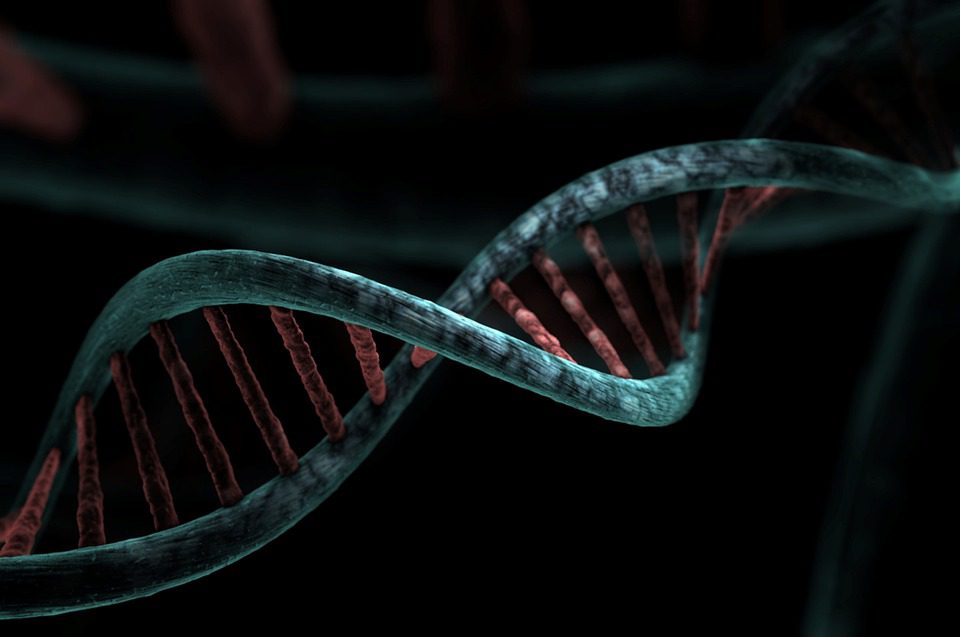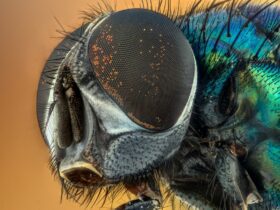Thousands of similar candidate molecules will be scanned on a regular basis by industry in search of novel medicinal medicines, such as vaccinations for children. Using a new method, this can be done at the nanoscale, reducing the amount of resources and energy required. Vaccination, as well as other pharma goods, may now be developed more than a million times faster while reducing costs thanks to a new technology.
In a region the size of a pinhead, well over 40,000 molecules may be created and examined. Drugmakers might save a lot of money and resources thanks to an integrated scientific study in Denmark that produced the new approach. Soap-like bubbles serve as nano-containers in this procedure. Using DNA nanotechnology, various components may be included into the containers at the same time.
The accomplishment entails the merging of components from hitherto disparate fields of study: synthetic biochemistry, nanotechnology, DNA fabrication, combinatorial chemistry, and now even Machine Learning, a subfield of ai technology.
In the solution, no one piece is truly unique, but they’ve never been blended so flawlessly before. Within seven minutes of using the approach, you’ll see results. They’ve got something that’s extremely close to a real-time display. As a result, adjustments may be made to the setup on a constant basis depending on the measurements, which adds a lot of value. The industry’s desire to apply the solution is expected to be a major consideration, according to scientists.
However, although each project researcher has many industry partnerships, they are unsure of which businesses could be interested in using the new high-throughput technology.
Most likely, the first users of this technology will be those in the chemical industry and academia who work with lengthy molecules like polymers. As a result of the method’s adaptability, any suitable application may be implemented right into it. In the case of potential pandemic vaccinations, examples may include RNA sequences for the critical biotech tool CRISPR or an alternative method for detecting, screening, and manufacturing RNA.
The research was published in Nature Chemistry.














Leave a Reply